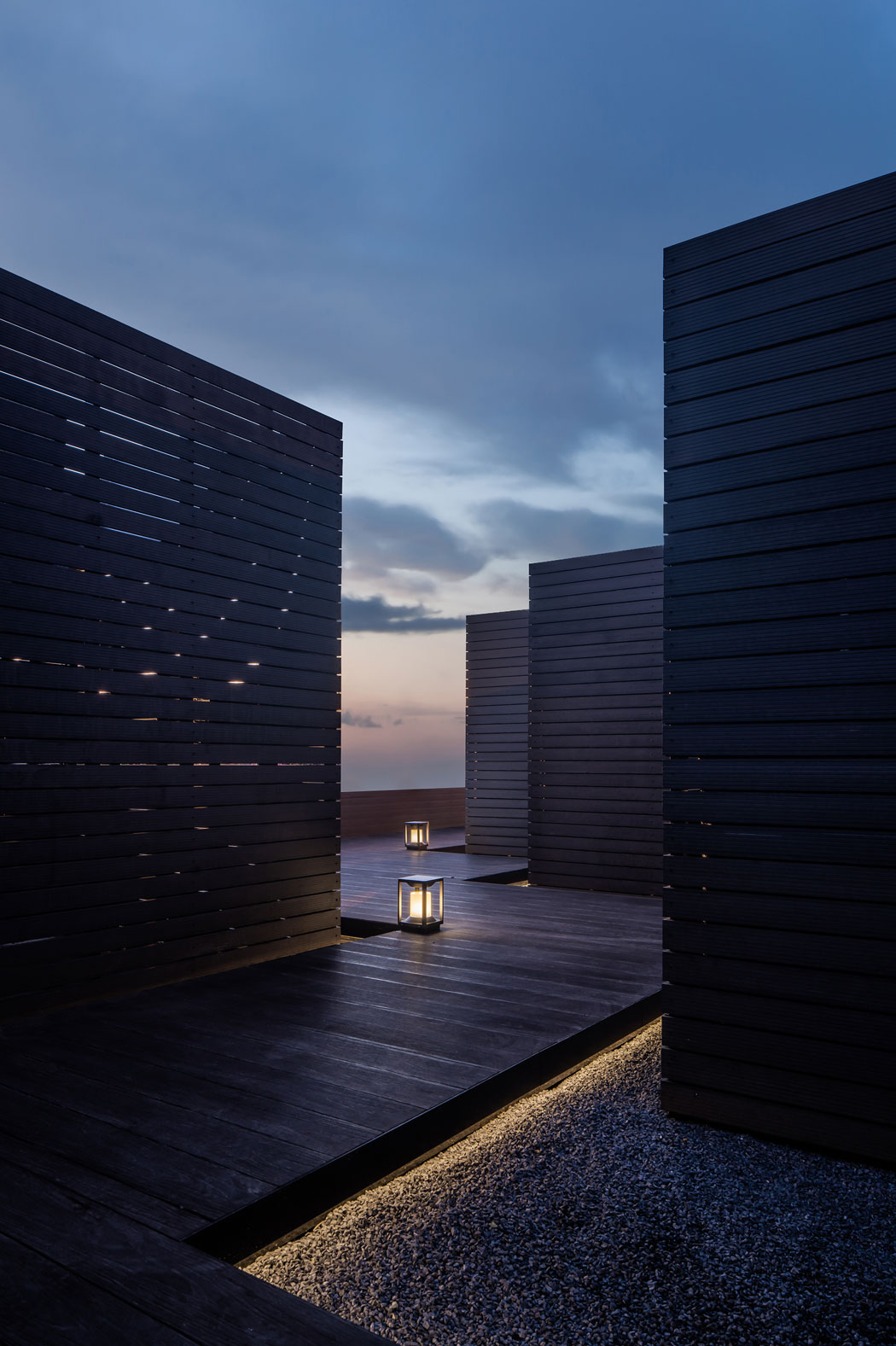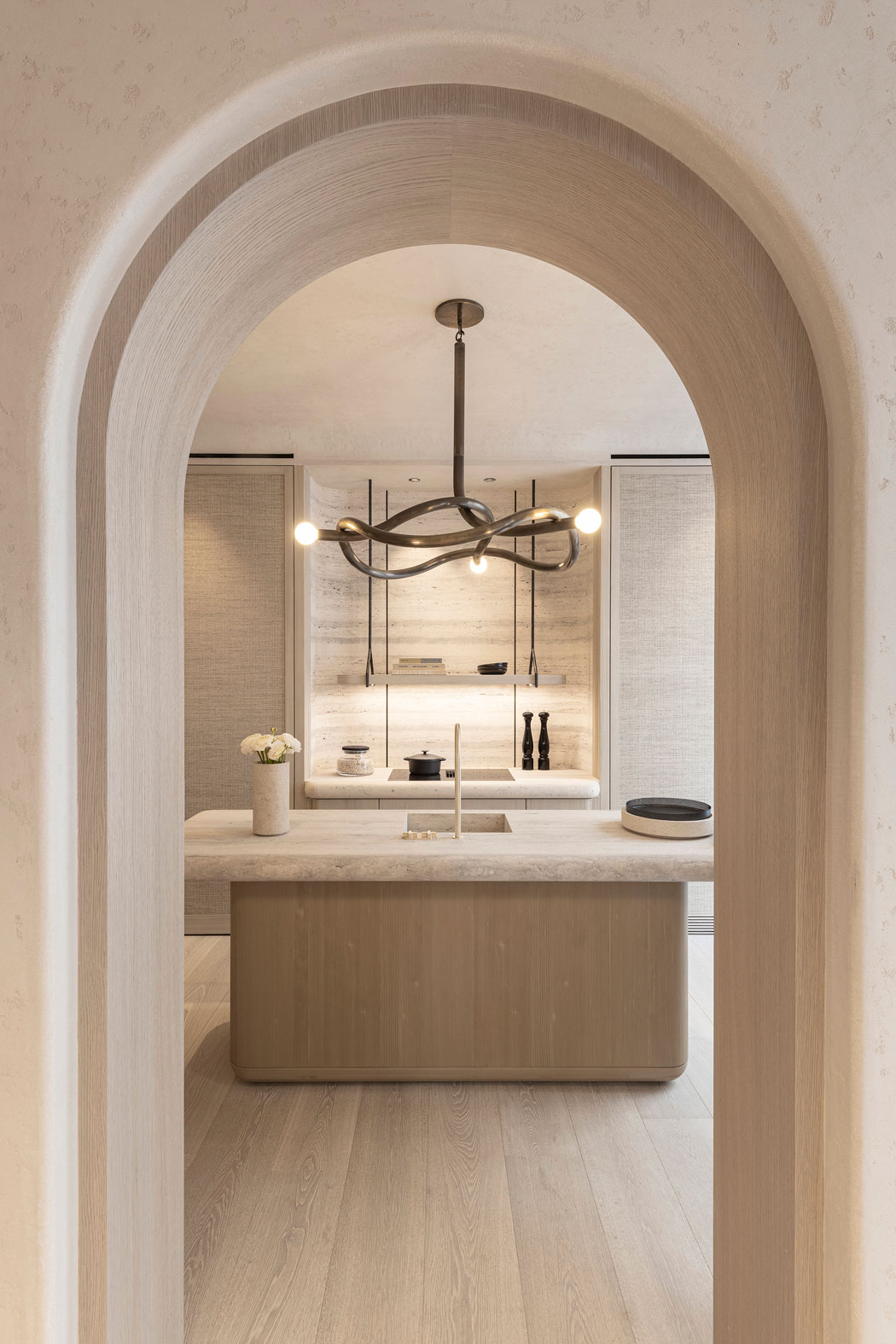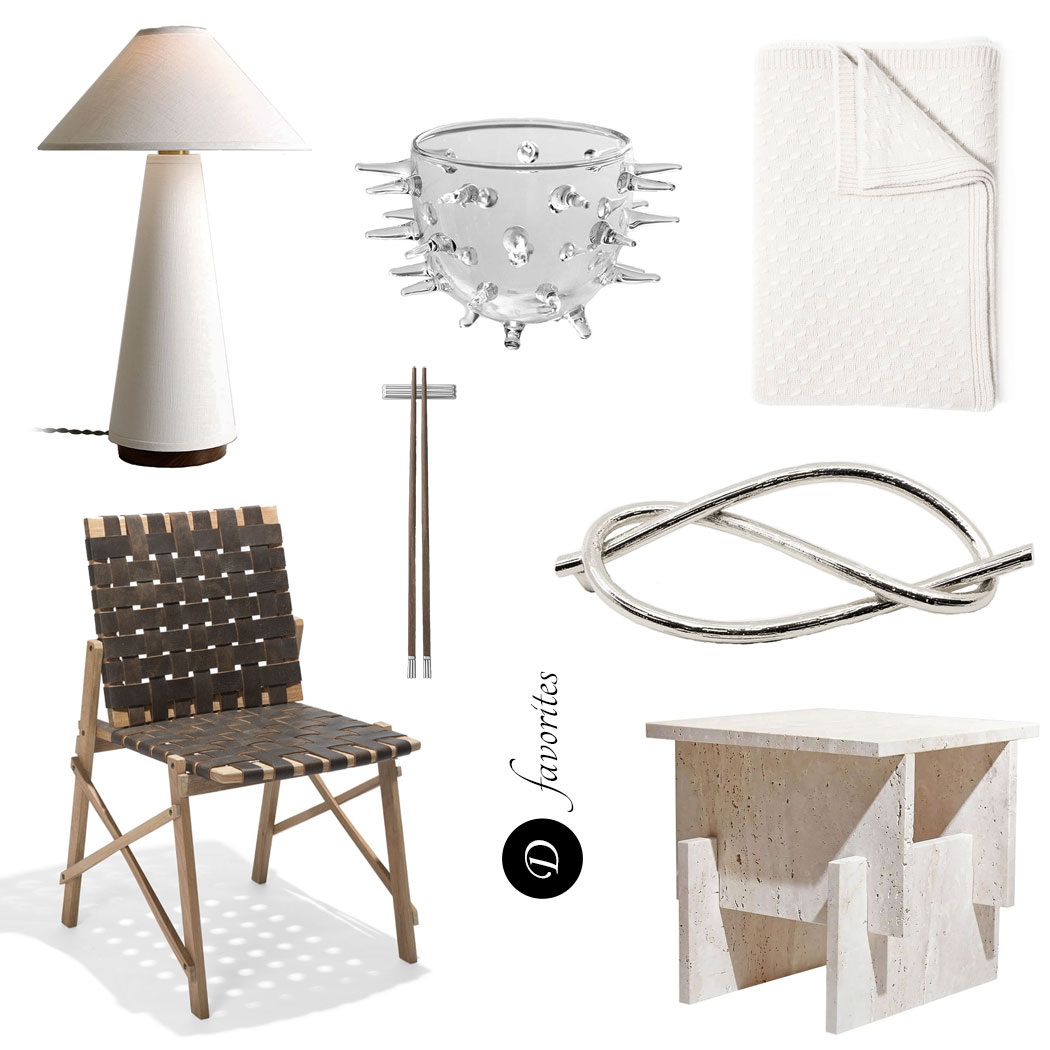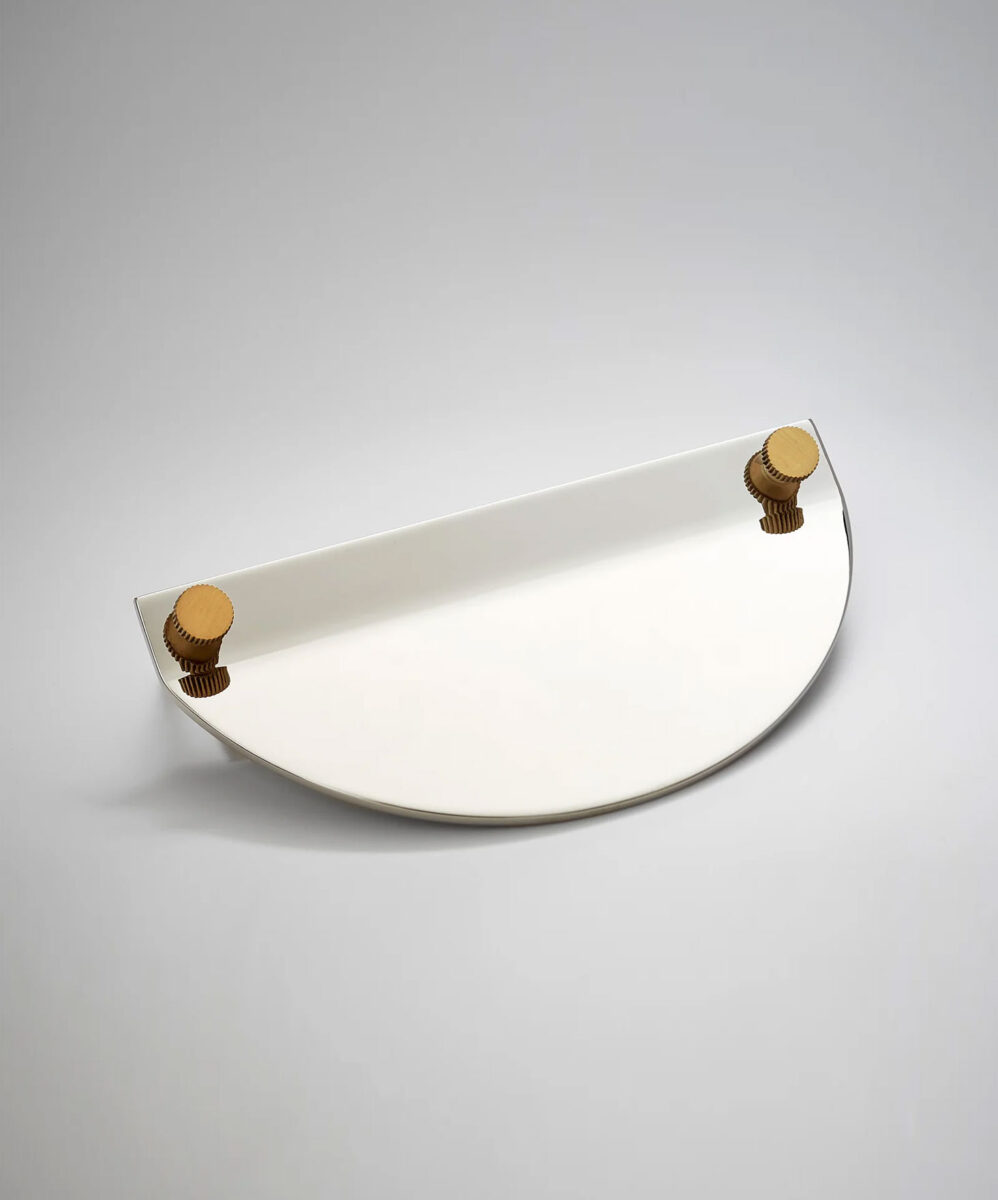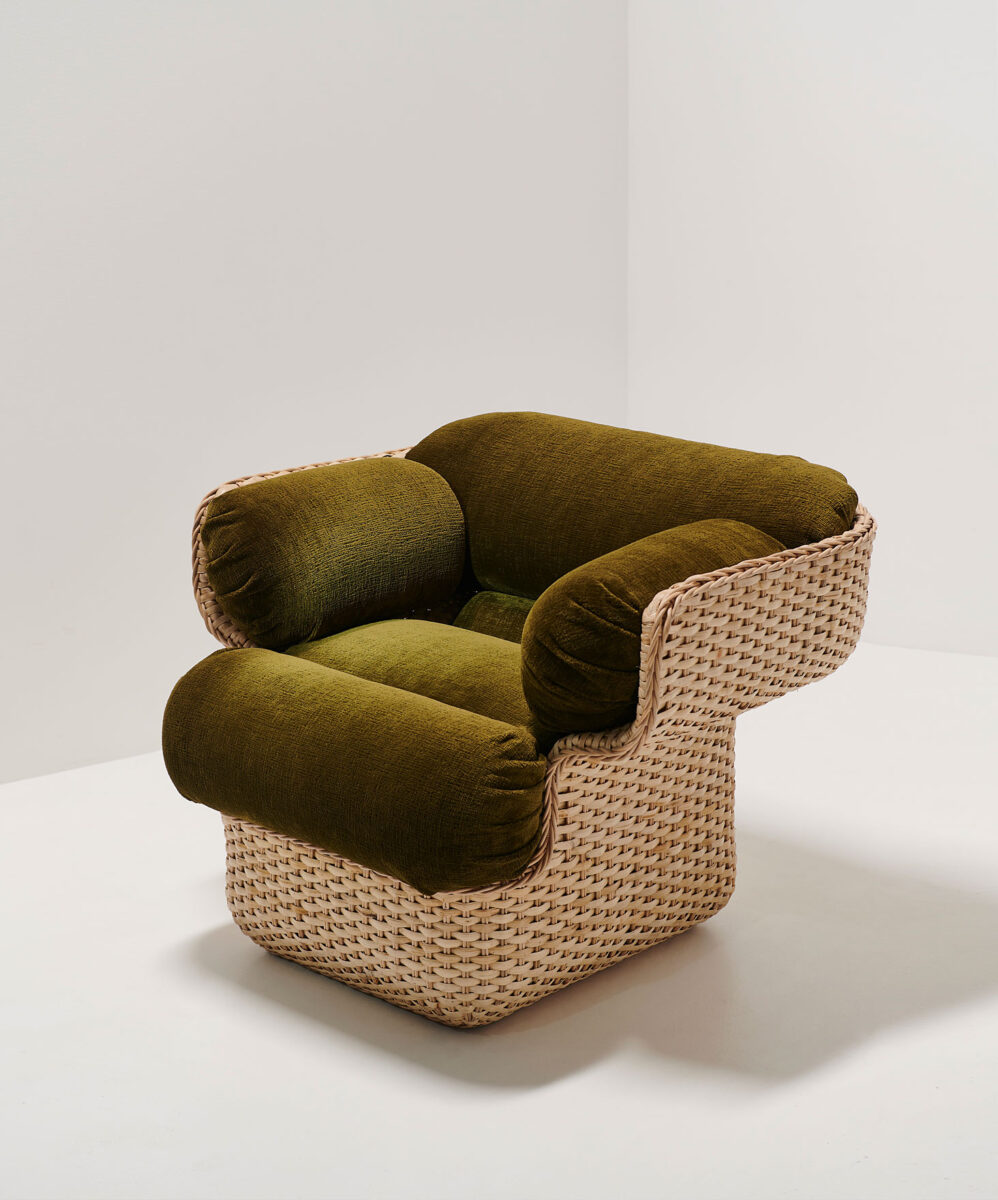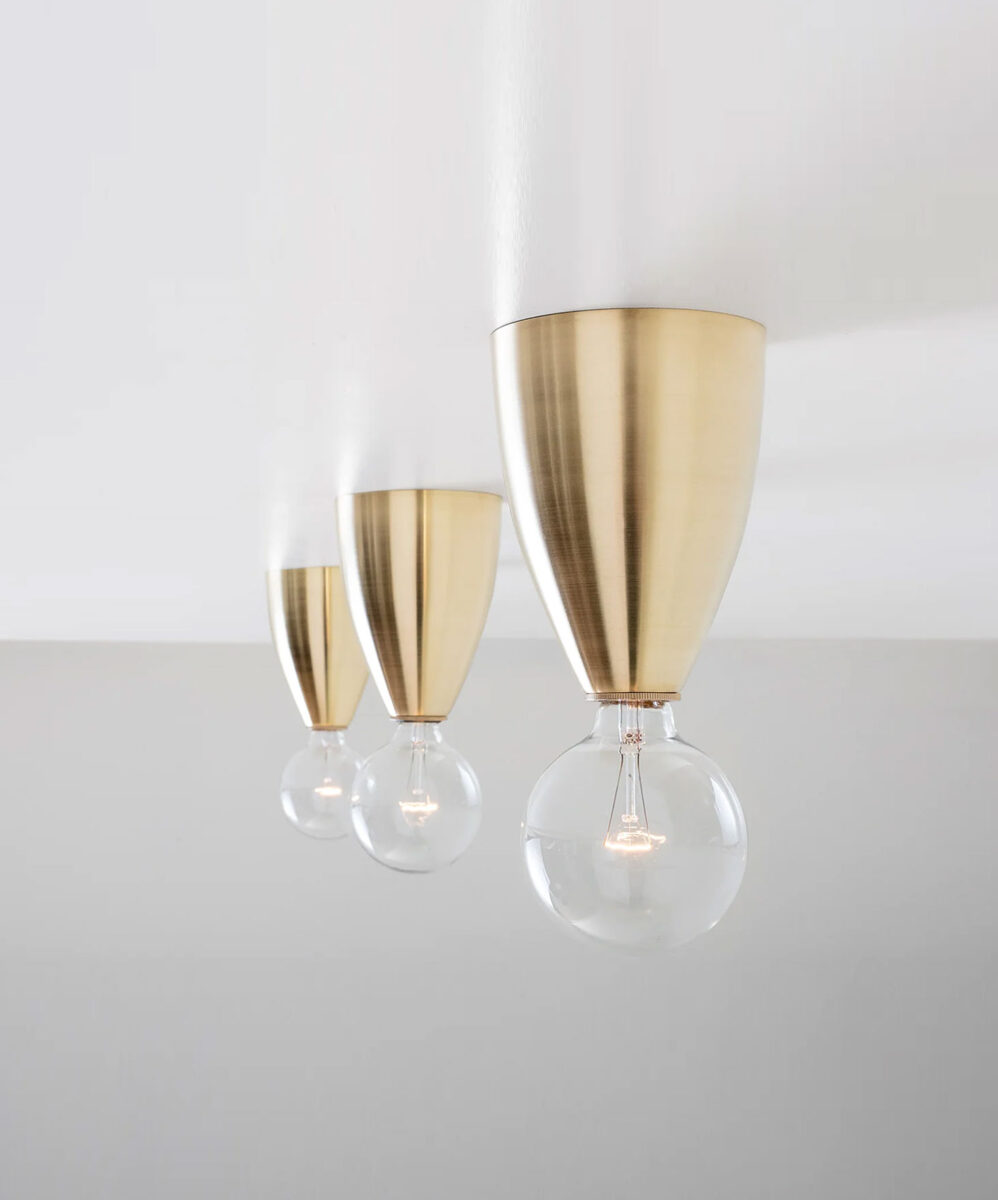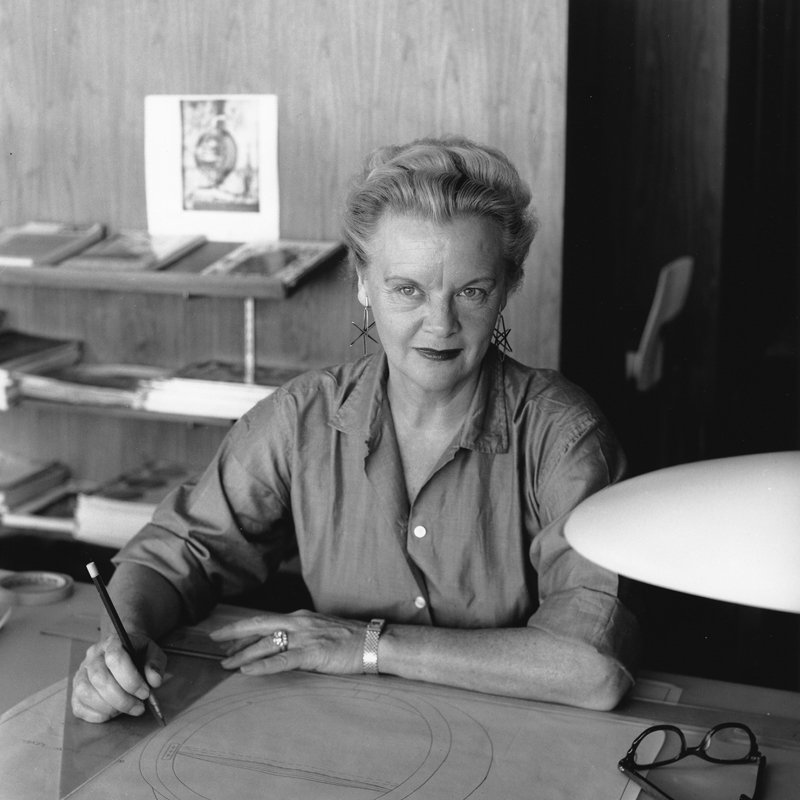
Equal parts architect, interior designer, and industrial designer, Greta Magnusson Grossman operated as mover and shaker in the male dominated world of mid-century modern design for the better part of four decades. Her prolific career found its beginnings in the late 1920s when, following a woodworking apprenticeship, the Swedish-born talent won a scholarship to the renowned Konstfack school of industrial design. Soon after graduation, the young Grossman and her former classmate Erik Ullrich opened Studio, a store / workshop based in Stockholm. Through Studio the pair took on numerous commissions – designing everything from furniture to interiors all the while garnering abundant press and accolades from the design community. In the same year as Studio’s founding, Greta married jazz bandleader Billy Grossman with whom, at the onset of WWII, she would emigrate to the United States.
Upon their arrival in 1940, the couple settled in Los Angeles where Greta promptly picked up where she left off – opening a well publicized shop on Rodeo Drive. Capitalizing on her exotic roots, Greta advertised “Grossman’s” as a hub for “Swedish modern furniture, rugs, lamps, and other home furnishings.” This placed her her among the first to bring the Scandinavian modern aesthetic to southern California’s burgeoning modernist scene. From the beginning Grossman was a hit, and it wasn’t long before she began appearing alongside the likes of Charles Eames and Isamu Noguchi. Hollywood tastemakers further cemented Grossman’s pivotal role in defining the aesthetic of an era, as her pieces made their way into the homes of Frank Sinatra, Greta Garbo, and Ingrid Bergman.
While Grossman is the architect behind more than 15 homes spanning the globe from California to Sweden, she is most noted for her industrial designs. Whether they be quirky table lamps, compact desks or stunningly streamlined sofas, her simple forms belie a sophisticated technical expertise – often combining unusual material mixes and industrial elements. Today, Grossman’s most famous works include the Gräshoppa floor lamp (1947) and the Cobra table lamp (1948) whose groundbreaking design won it a “Good Design” award and landed it a spot in the Museum of Modern Art.
All this, and yet inexplicably, following her retirement in the late 1960s Grossman’s name all but disappeared from the design landscape. It’s difficult to say exactly how or why but some postulate it may have had something to do with her status as a woman in such a profoundly male dominated profession and era. Whatever the reasons may have been, recent years have found Greta Grossman’s star on the rise, and with floor lamps garnering sums up to $40,000 at auction, it appears this grande dame will finally re-assume her rightful place as a pivotal pioneer of mid-century modernism. Shown here is just a small peak at her work then and now.
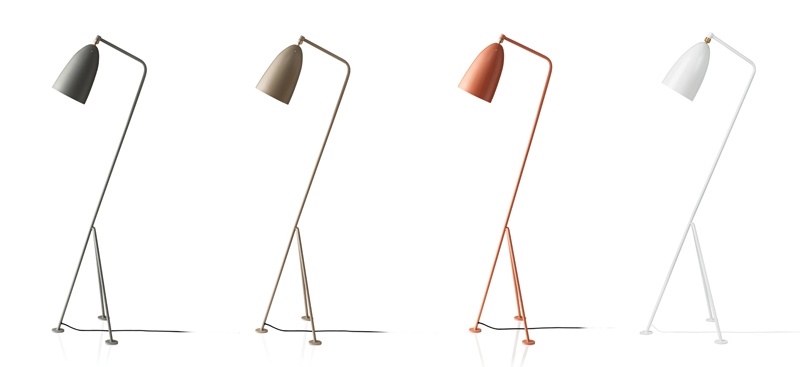
Grossman’s iconic Gräshoppa floor lamp designed in 1947.
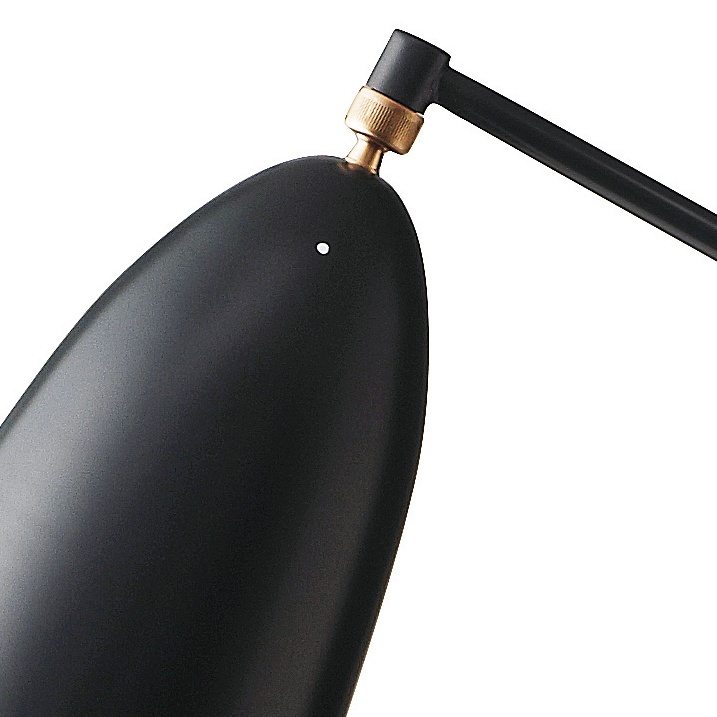
Gräshoppa detail.
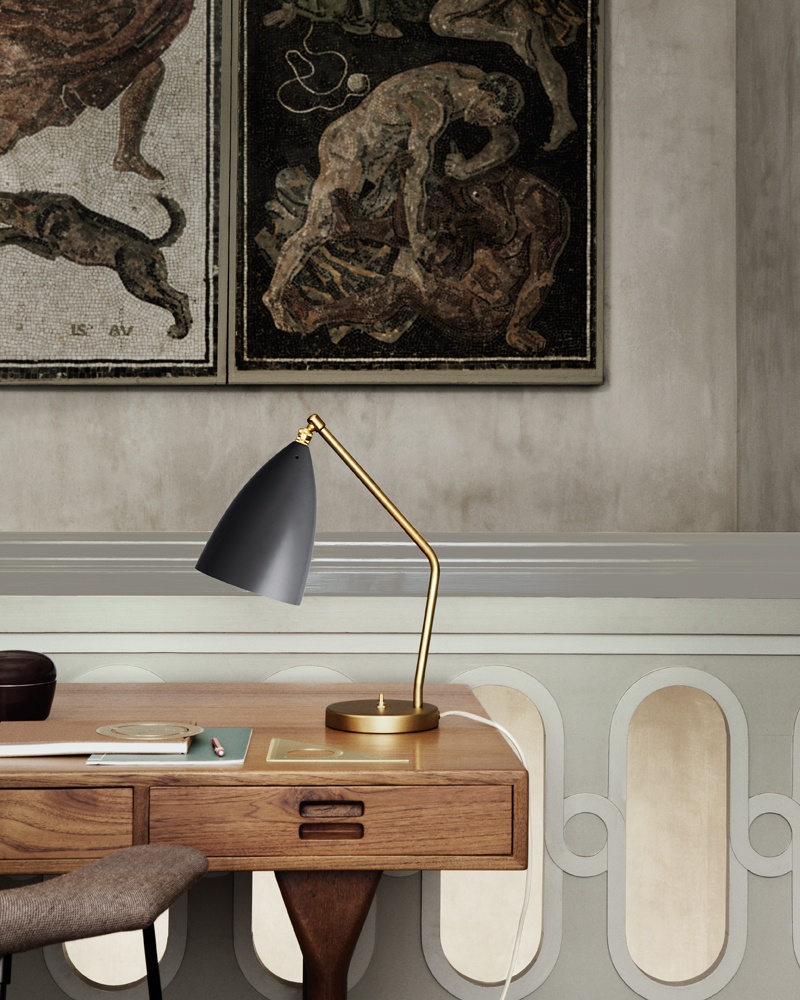
Contemporary interior featuring the Gräshoppa table lamp designed in 1948.

Designed in 1952, “the 62-series” was named “62” for being ten years ahead of its time.
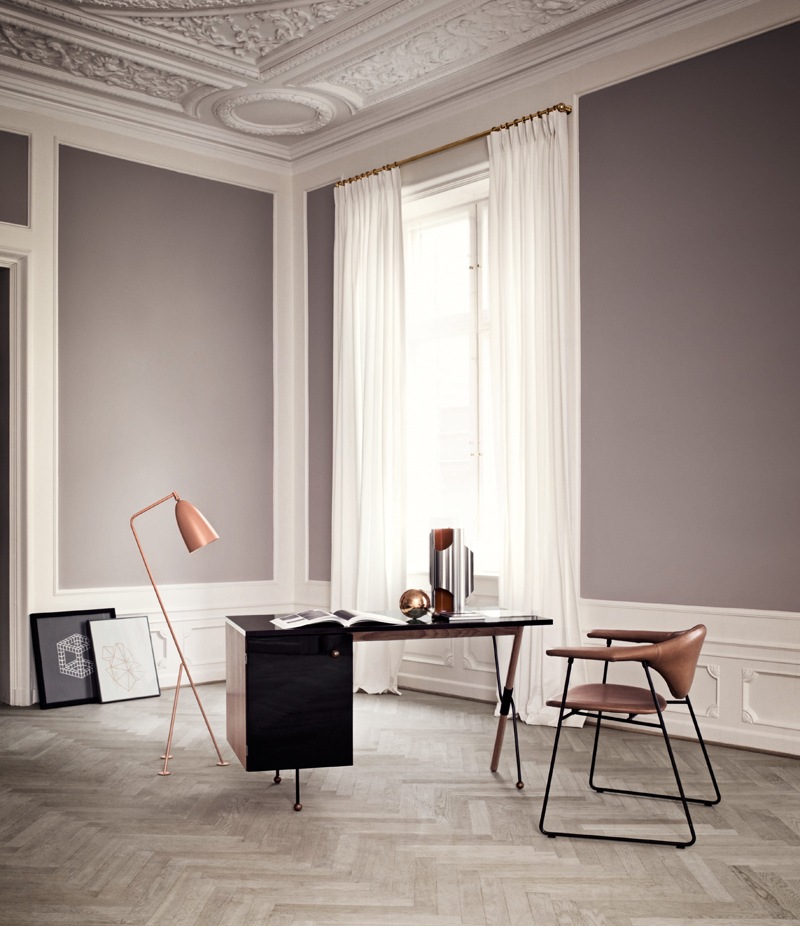
62-Series Desk & Gräshoppa lamp.

Modern Line sofa designed in 1949.
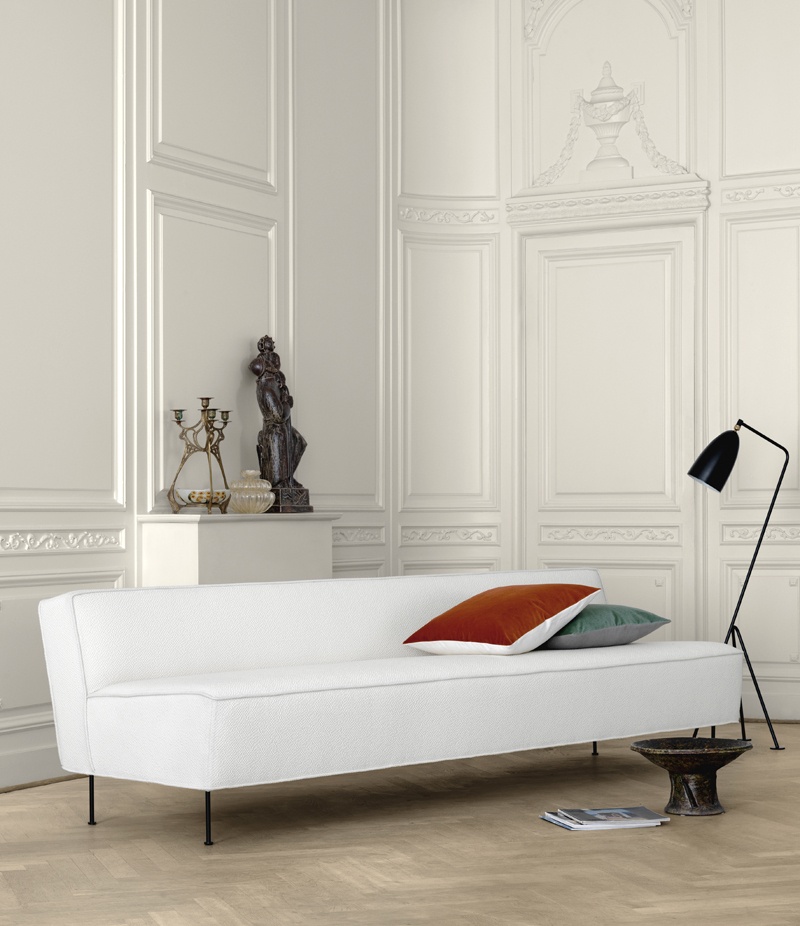
Modern Line sofa.
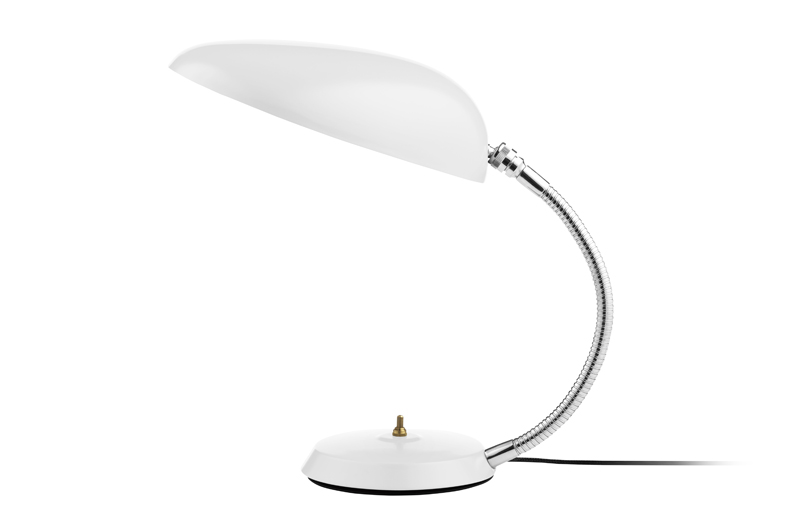
Grossman’s award-winning Cobra table lamp (1948).
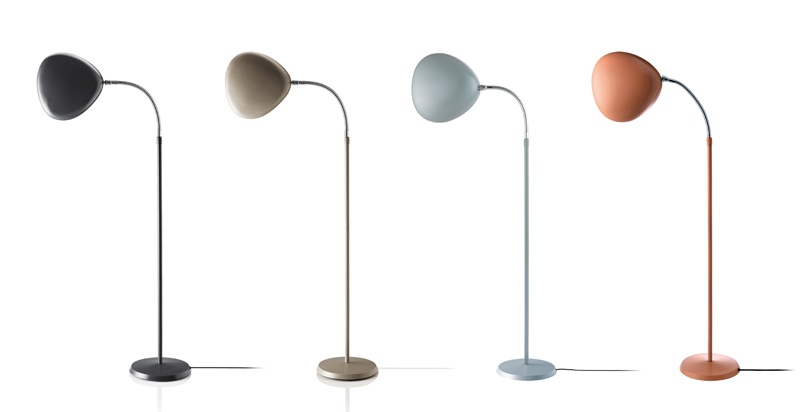
Grossman’s Cobra floor lamp.
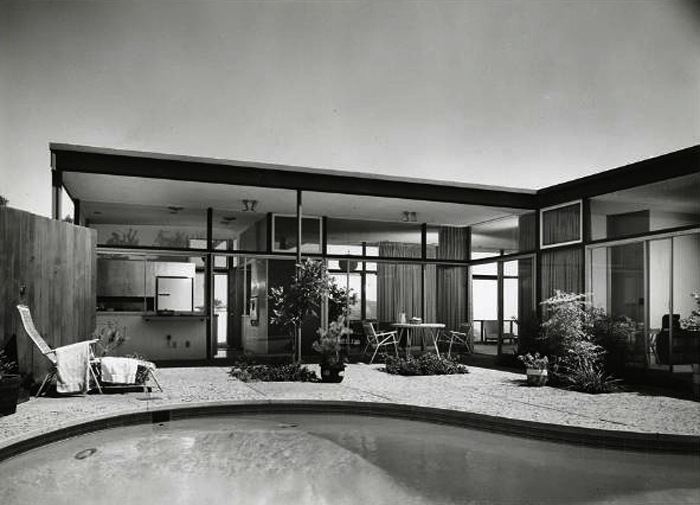
Hurley House – Los Angeles California, built in 1958. Photo: Peter Lavin/Links Real Estate.
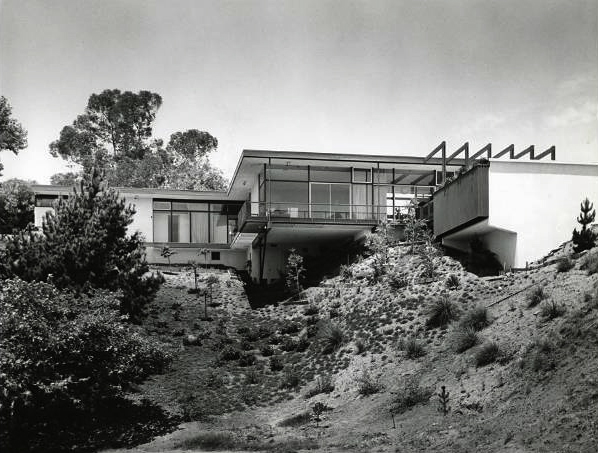
In lock sync with Grossman’s rediscovery, GUBI has re-issued a selection of her work. We invite you to explore the growing collection via DSHOP at shop.thedpages.com.
Sorces: GUBI, Wright, LA Times, Huffington Post




